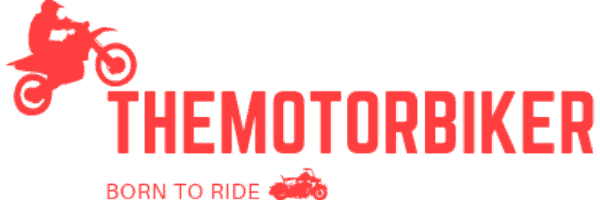You can never compare anything to the feeling of fresh air touching your face while riding a motorcycle. When it comes to motorcycles, that keeps you sitting comfortably. Many riders complain about the bike seat as it gets damaged after a few years of riding. Many events might make you replace the motorcycle seat shortly, and possibly a common reason is it’s not as comfortable as it was once. If you are a bit creative and want to try some new DIY customized motorcycle seats, you need to read this detailed tutorial about how to make a motorcycle seat:
Process of making a new motorcycle seat
There are different ways to build a motorcycle seat. Here are the things you need:
- Duct tape
- Sharpie
- Padding
- Jigsaw
- Plywood
- Glue
- Cardboard
- Nail
- Socket set
Gather all these important things and make sure you have five to six hours of leisure period. Now let’s begin the process:
Remove the previous seat
Before making the new motorcycle seat, first, you need to remove the previous one. You just have to remove the bolts on the current seat and pull it off from the motorcycle.
Determine the right spot to place your new seat
Since you are making your own DIY motorcycle seat, you need to learn the most comfortable spot to fix it. Take some time to adjust the position, take a note according to your comfort, and determine the position.
Outline the frame
Using cardboard and sharpie, trace a frame and layout the material according to the accurate measures. Keep the tracing onto the plywood directly and draw the outline. Cut out the extra cardboard and make a new temple trimming the existing one.
Prepare the plywood
After the successful outline, you can cut down the plywood with a jigsaw by tracing the measurements using the cardboard template. Once you are done, make sure everything is good before doing the attachment.
Add padding
Naturally, no one wants to sit on a sheet of rough plywood while you are riding it. You might have numerous options in front of you to use as padding. You will need to add at least two full layers to ensure it gives you good comfort and support. You can choose foam or gel and cut it according to the size of your seat. Don’t leave the corners to prevent the sharp corners of plywood, hurting your thighs while riding. After adding the first layer, use a staple gun to fix the position. You can use two strips of padding to make it up to two inches wide for extra protection. Set the whole thing in one place and staple it.
Upholster the seat and mount it on the motorcycle
To finish the whole process, you can cover the padding with leather and vinyl. Your new DIY seat is ready to get attached to your bike. You need at least five nails to mount the seat on the motorcycle.
Conclusion
We hope this simple tutorial on How to make a motorcycle seat will guide you well. Just make sure you don’t give up in the middle of the process and work with the same creativity till you get the best.

